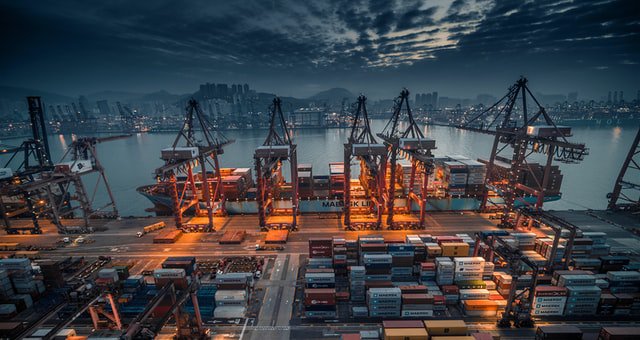
While large and small businesses alike can benefit from LCL shipping, it often is the smaller companies and carriers that stand to benefit the most. Smaller transportation service providers are more likely to deal with smaller and lighter loads that are more suited for LCL options. So, in the initial FCL vs. LCL container option debate, several vital factors need careful consideration. These range from industry reports, case studies, current market trends, and ocean freight data. This data and insight can help shipping managers determine the best way to handle ocean FCL vs.LCL freight options.
Ship LCL When You Cannot Find Enough Freight to Fill a Container
If shippers get caught up in the FCL vs. LCL shipping debate, the best way to determine which method makes the most sense is to consider how much of a container the load will take up. Smaller orders can more easily be loaded alongside multiple other smaller orders in a single container. Rather than a shipper being forced to pay for a full container they will never fill, LCL shipping enables them to combine their resources and reduce costs.
Instead of delaying orders and shipments to hold freight until a full container load is ready to go, less-than-container load allows partial container shipments to be sent when and where they are needed. This can significantly reduce shipping delays and timetables while also reducing dock bottlenecks and delays with shipping, loading, and unloading. All of this adds an entirely new layer of consideration for those debating the merits of FCL vs. LCL container shipping.
Ship FCL When You Have a Strong Demand for Exports to Or From a Single Location
FCL shipping options also serve their purpose and provide shippers and carriers with some great benefits when shipping larger loads of the same product to or from a single location. According to Marine Insight, shipping in this manner allows for easier management of large bulk orders and prevents items from getting lost since there is no need to divide up the shipment. Ocean FCL vs. LCL shipping modes both need the right mix of supply, demand, and capacity, but FCL modes are still widely popular among shippers.
Full-container-load shipments usually do not encounter loading and unloading delays, as a single container can be moved without having to stop to unload and sort its contents. For many shippers who deal with more extensive and heavy loads, LCL special rate fees can get pricey, so paying the FCL flat fee might ultimately reduce shipping costs. The final benefit of this mode is that with FCL vs. LCL shipping options, full containers are easier to manage and track, as there is only one management team responsible for doing so.
Unpack Optimal Shipping Service Rates with Ocean FCL vs. LCL Options Tailored to Your Needs
FCL vs. LCL container options can be confusing at times; therefore, careful planning and consideration are needed when deciding which mode to use. Certain things can have a more significant influence on the final decision of which one is better. Some key points to keep in mind include:
-
Consider the type of freight being shipped, including its volume, size, and weight.
-
Double-check LCL volume rates and the FCL flat rates to see which is more cost-efficient.
-
Ensure proof of proper documents — bill of lading, custom declarations, dangerous cargo certification, and insurance.
-
Consider any special equipment or manpower needed to handle containers and loads.
-
Think about the final destination and how many stops occur along the way.
-
Monitor trade finance rates and fees closely, to ensure the best prices.
-
Weigh the pros and cons that ocean FCL vs. LCL options can present to the company.
-
Make sure customer deadlines match up to the timetable LCL and FCL shipping offer.
-
Check for features and unique customization options available with each shipping mode.
Contact FreightMango to Discover the Benefits of Untangling the Ocean FCL vs. LCL Discussion
FCL vs. LCL shipping options can create a certain degree of hassle and headache for managers, but once they are figured out and the right mode is selected, shipping becomes much easier and more efficient. The trick is determining which mode best matches current needs. Sometimes the need to move smaller loads and low-volume orders are in high demand for shippers.
In situations like these, less-than-container-load shipping might very well be the better choice, both logistically and financially. But larger capacity loads and bulk shipments can quickly become overpriced when shipped via piece rate. Shipping situations such as this often call for total-container-load shipping as the most feasible option to transport a load from Point A to Point B. Dealing with the functions of the Ocean FCL vs. LCL discussion can be confusing, and a partnership with FreightMango can streamline the entire process. So, contact FreightMango today for more information.





 Get instant quote
and compare offers in real time
Get instant quote
and compare offers in real time